Tag: ICU
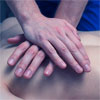
Improving Appropriate Neurologic Prognostication after Cardiac Arrest
A multicenter quality intervention improved rates of appropriate neurologic prognostication after OHCA but did not increase survival with good neurologic outcome. This was a pragmatic stepped wedge cluster randomized controlled... read more

Neuroprotective Effects of the Glucagon-Like Peptide-1 Analog Exenatide After Out-of-Hospital Cardiac Arrest
Acute administration of exenatide to comatose patients in the ICU after OHCA is feasible and safe. Exenatide did not reduce neuron-specific enolase levels and did not significantly improve a composite end point of death and... read more
The Worst Trauma Experienced as a Nurse
As a relatively new nurse, I never experienced the terror that normal people experience when someone starts to die. For me, I knew how to handle it.... read more

Skeletal muscle quality as assessed by CT-derived skeletal muscle density is associated with 6-month mortality in mechanically ventilated critically ill patients
Low skeletal muscle quality at ICU admission, as assessed by CT-derived skeletal muscle density, is independently associated with higher 6-month mortality in mechanically ventilated patients. Thus, muscle quality as well... read more

Adherence to guidelines reduces catheter-associated UTIs
Adherence to CDC guidelines for the placement, maintenance and removal of catheters and American College of Critical Care Medicine and Infectious Disease Society of America guidelines for evaluating fever in a critically... read more
The key to making ICUs less frightening and more comfortable for patients
Making patients feel more comfortable and less frightened while in the intensive care unit starts and ends with communication. In a radio interview with WERS 88.9 in Boston, patients and doctors share important changes that... read more

Emotional impact on relatives & friends in ICU
Having a relative, partner or close friend critically ill in ICU is a crisis situation that everyone deals with differently. Here people talk about the emotional effects when someone they were related to or close to was ill... read more
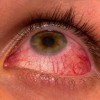
Care of the eye during anaesthesia and intensive care
Perioperative eye injuries and blindness are rare but important complications of anaesthesia. The three causes of postoperative blindness are ischaemic optic neuropathy, central retinal artery thrombosis.... read more

Palliative care intervention improves quality of life during hospitalization for hematopoietic stem cell transplantation
Palliative care involvement helps lessen quality of life (QOL) decline compared to standard care during hospitalization for hematopoietic stem cell transplantation.... read more
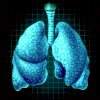
Potentially modifiable factors contributing to outcome from acute respiratory distress syndrome
Higher PEEP, lower peak, plateau, and driving pressures, and lower respiratory rate are associated with improved survival from ARDS.... read more
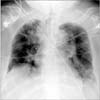
Limited predictability of maximal muscular pressure using the difference between peak airway pressure and positive end-expiratory pressure during proportional assist ventilation (PAV)
Deducing maximal muscular pressure from ΔP during PAV has limited accuracy. The extrapolated pressure time product from ΔP is usually less than the pressure time product calculated from oesophageal pressure tracing.... read more
Coma with Eelco Wijdicks – Podcast
So you have an unresponsive patient. The CT is negative. What now? Coma is tough! The differential is long and filled with many life threats.... read more
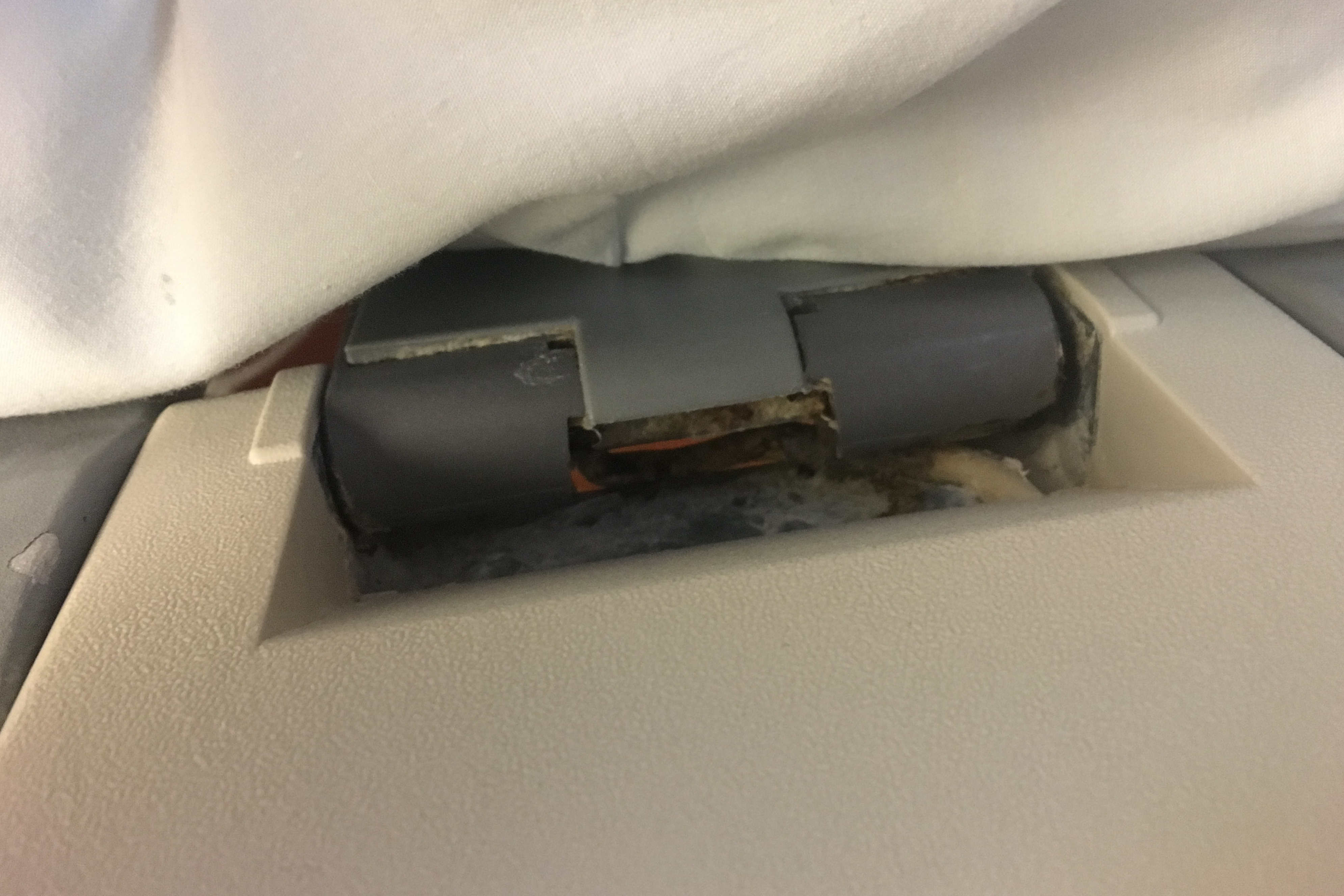
What a hospital bed could teach about patient safety
Most hospitalized patients spend the vast majority of their time in a hospital bed. Any body fluids such as blood, feces, urine, stomach contents, etc. that are secreted come in direct contact with that hospital bed.... read more
Children in ICU recover faster without nutrition
Researchers in Belgium found the standard practice of feeding children as soon as they get to ICU to help them recover faster is wrong.... read more
Devil in the details: Endotracheal tube depth
According to Napoleon, "the moment of greatest vulnerability is the instant immediately after victory." In airway management, this instant occurs immediately after placement of the endotracheal tube.... read more
SCCM Pod-330 Long-Term Mental Health Problems After Delirium in the ICU
Todd Fraser, MD, speaks with Arjen Slooter, MD, PhD, about the article, "Long-Term Mental Health Problems After Delirium in the ICU," published in Critical Care Medicine.... read more
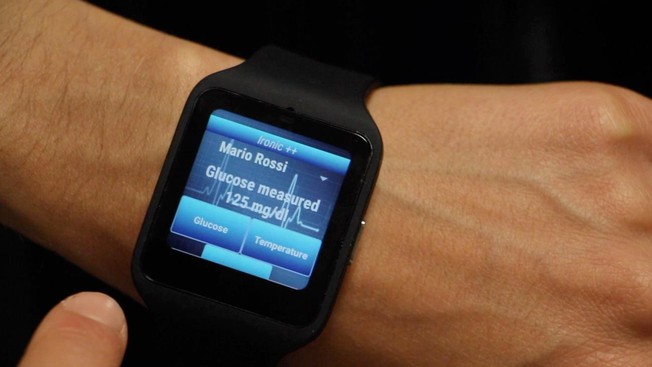
Smartwatches connect intensive care doctors and their patients
Researchers have come up with a way to link a smartwatch to the metabolic monitors used with patients in intensive care. If the sensors detect an anomaly, the doctor on duty receives an alert anywhere in the hospital.... read more









